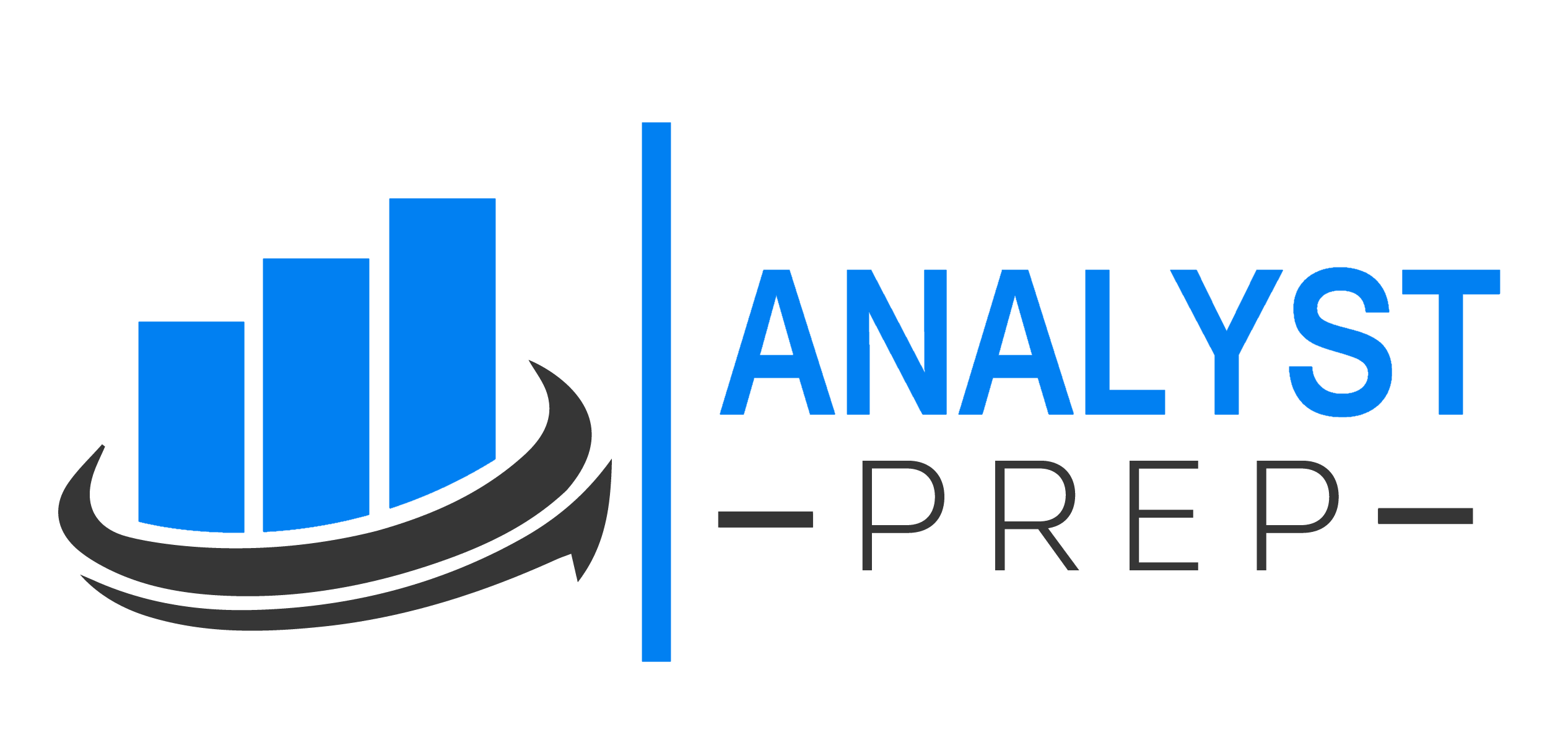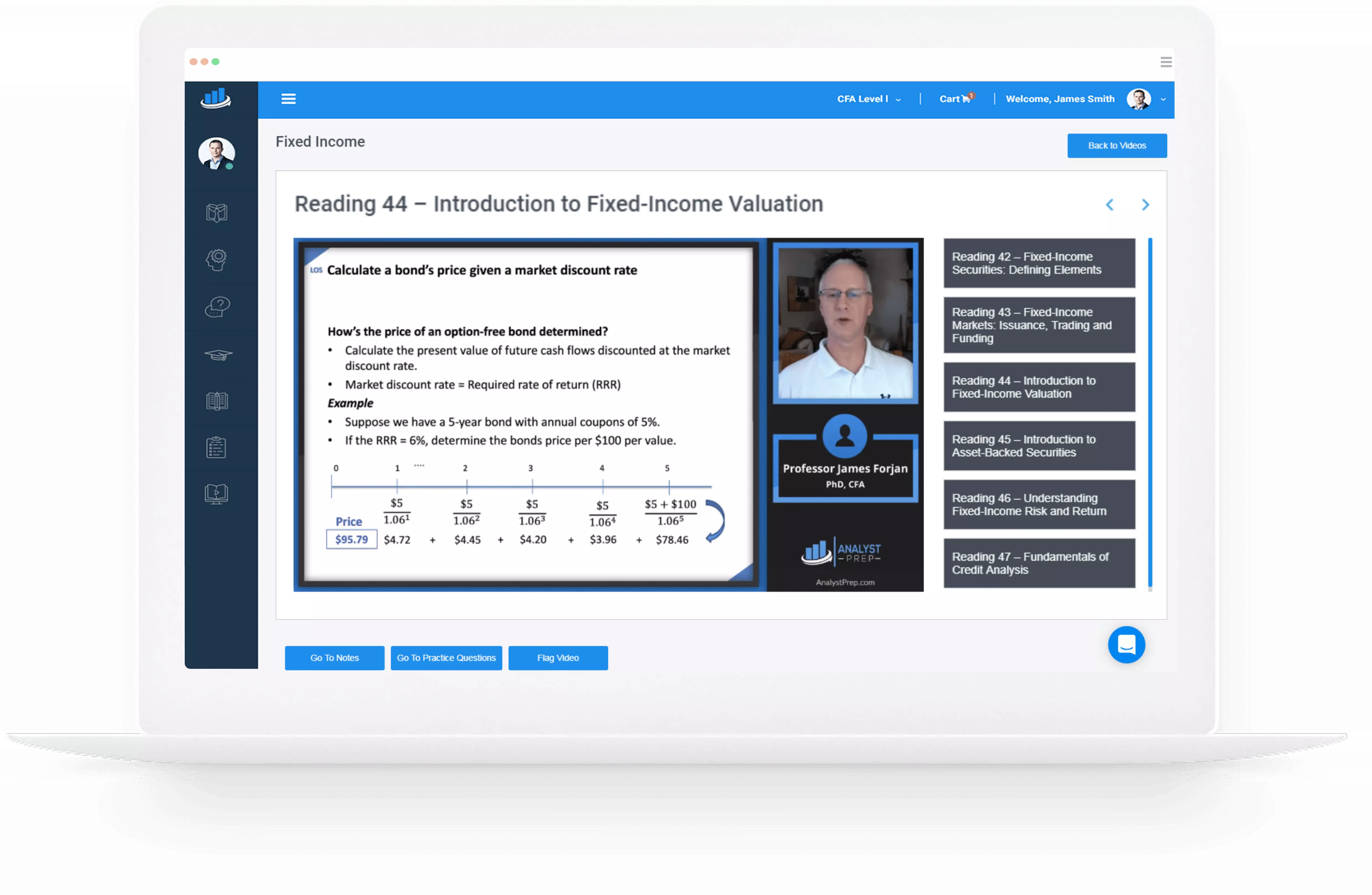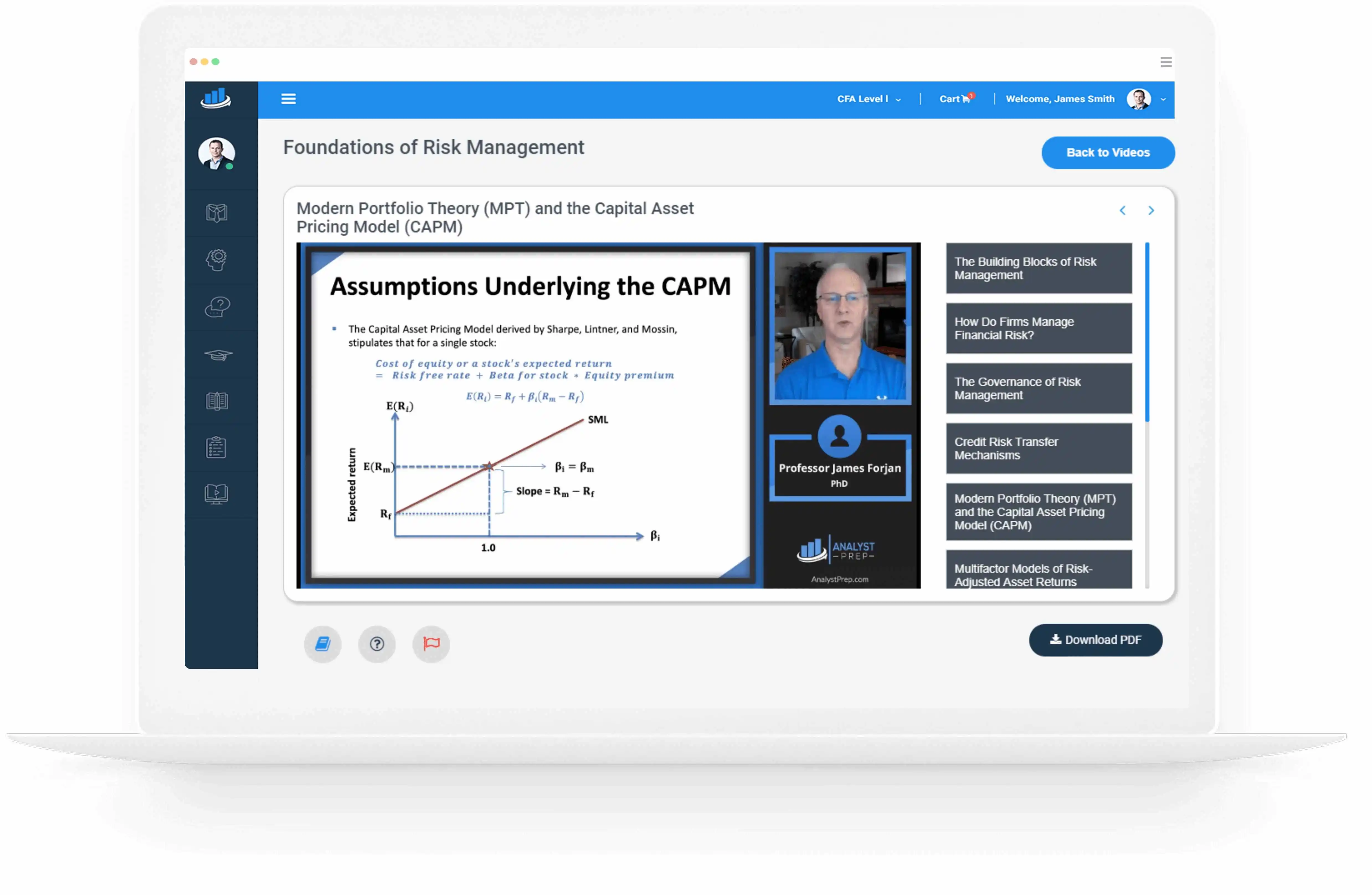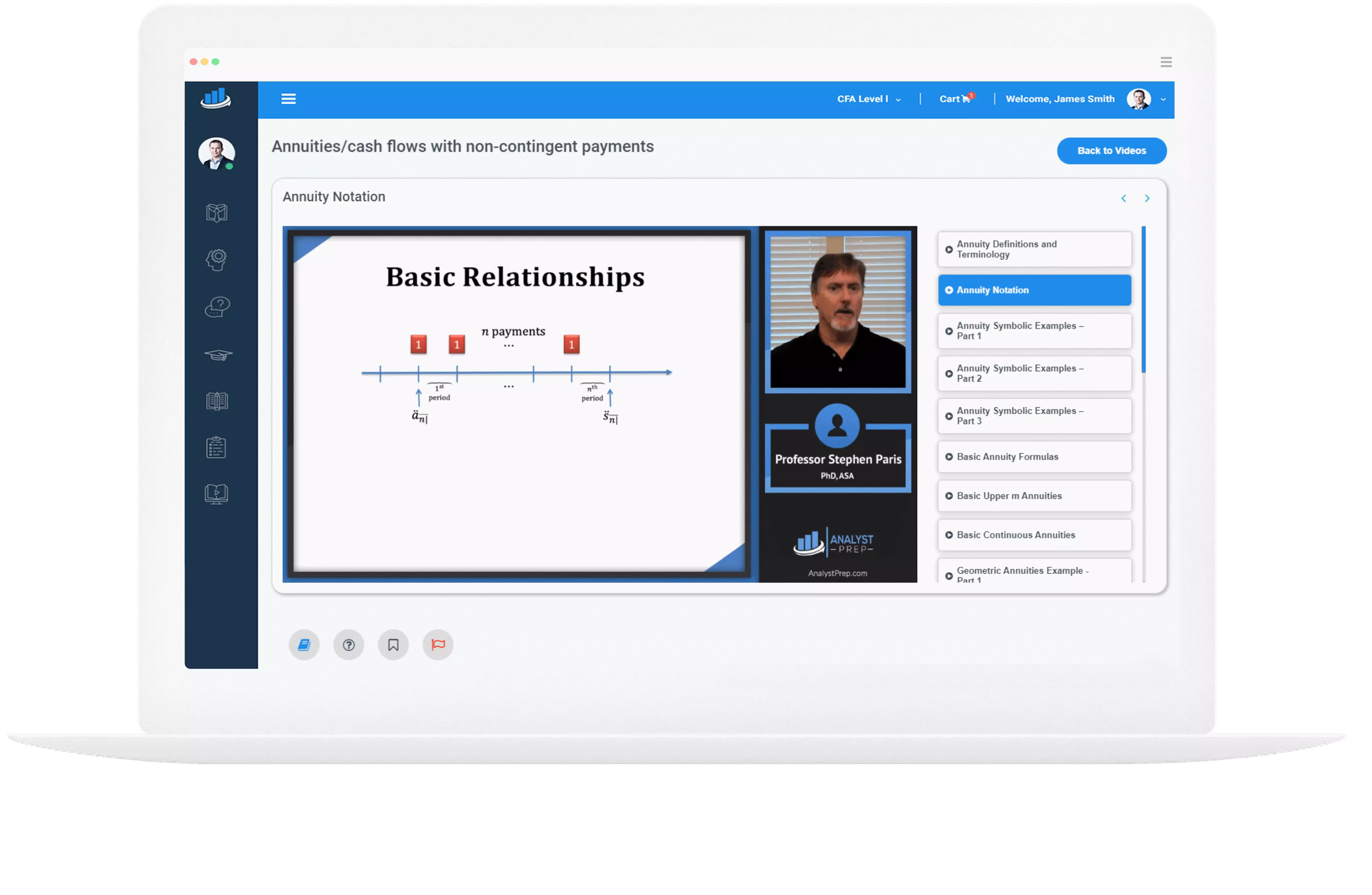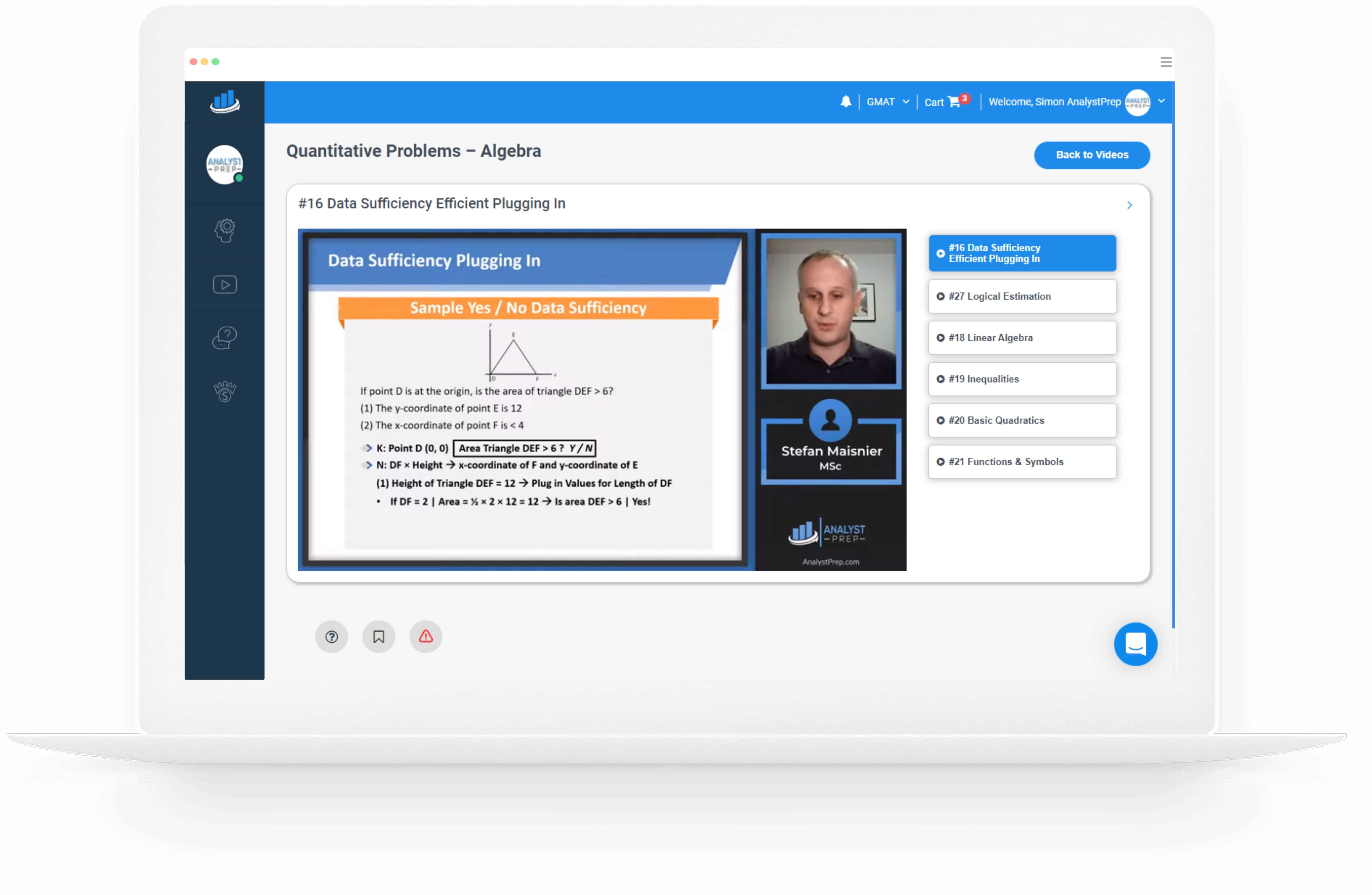Artificial Intelligence and the Economy: Implications for Central Banks
After completing this reading, you should be able to: Identify and describe the risks arising from the widespread use of AI applications in the financial sector. Describe how central banks can harness AI to fulfill their policy objectives. Explain the…
Generative Artificial Intelligence in Finance: Risk Considerations
After completing this reading, you should be able to: Compare generative AI and traditional AI/ML algorithms. Explain the challenges generative AI systems pose for the financial sector, including those related to data privacy, embedded bias, model robustness, and explainability. Examine…
2023 Bank Failures, Preliminary lessons learnt for resolution
After completing this reading, you should be able to: Evaluate the Credit Suisse case and its implications for the international resolution framework. Evaluate the US bank failures of 2023 and their implications for the international resolution framework. Identify and describe…
Derivatives
After completing this reading, you should be able to: Define derivatives and explain how derivative transactions create counterparty credit risk. Compare and contrast exchange-traded derivatives and over-the-counter (OTC) derivatives, and discuss the features of their markets. Describe the process of…
Introduction to Credit Risk Modeling and Assessment
After completing this reading, you should be able to: Explain the capital adequacy, asset quality, management, earnings, and liquidity (CAMEL) system used for evaluating the financial condition of a bank. Describe quantitative measurements and factors of credit risk, including probability…
Credit Risk Measurement and Management (2024)
CR-1-Fundamentals of Credit Risk CR-2-Governance CR-3- Credit Risk Management CR-5-Introduction to Credit Risk Modeling and Assessment CR-6-Credit Scoring and Rating CR-8-Sovereign Default Risk (Country Risk) CR-10-Credit Value at Risk CR-12-Credit Risk CR-13-Credit Derivatives CR-18-Central Clearing 2
Credit Risk
After completing this reading, you should be able to: Assess the credit risks of derivatives. Define credit valuation adjustment (CVA) and debt valuation adjustment (DVA). Calculate the probability of default using credit spreads. Describe, compare, and contrast various credit risk…
Credit Value at Risk
After completing this reading, you should be able to: Compare market risk value at risk (VaR) with credit VaR in terms of definition, time horizon, and tools for measuring them. Define and Calculate Credit VaR. Describe the use of rating…
Central Clearing 2
After completing this reading, you should be able to: Define a central counterparty (CCP) and describe the mechanics of central clearing. Explain the concept of novation under central clearing. Define netting, multilateral offset, and compression and provide examples of each….
Credit Risk Management
After completing this reading, you should be able to: Describe key elements of an effective lending or financing policy. Explain the importance and challenges of setting exposure and concentration limits. Describe the scope and allocation processes of a bank’s credit…
